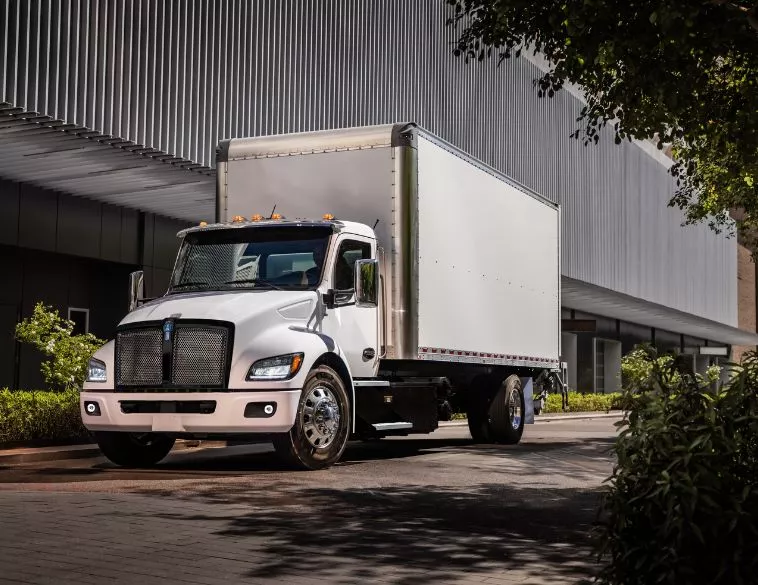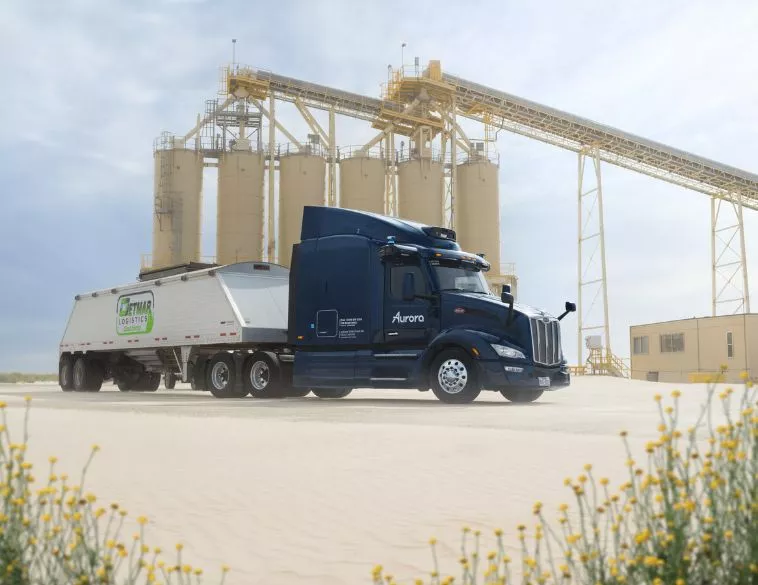Holman welcomes clients and suppliers at its annual seminar

On April 10, at a hotel near its Laval office, Holman held their annual client seminar, offering fleet managers insightful presentations to help sharpen their decision-making tools.
Holman’s clients were invited to the event, along with several representatives from OEM suppliers. Holman provides fleet management solutions as well as support for custom upfitting of commercial vehicles for its clients.
Brent Scowen, Holman’s Managing Director for Canada, welcomed the participants, noting that the company is celebrating its 100th anniversary and currently works with nearly 550 clients in Canada. He said he appreciates these events, which take place across the country, as they allow him to connect directly with clients and partners and gain insight into their needs.
The morning session delivered a series of practical and engaging presentations from Holman’s Maxim Michaud and Ed Powell, who shared valuable strategies for vehicle replacement. First for passenger vehicles, then for light-duty trucks in commercial fleets.
Optimizing replacement cycles
Opening the session, Mr. Michaud explained that the analysis by the two experts was based on data from major client fleets, totaling a substantial sample of 20,000 vehicles. According to his findings, the ideal replacement cycle is six years. He noted that about one-third of the fleet managers in the sample exceeded that timeframe.
His data also revealed that only 1.5% of the vehicles reviewed were fully electric, with an additional 2.3% being hybrid or plug-in hybrid vehicles. “We are still far from meeting government targets,” Mr. Michaud pointed out, “even though in some cases, electric options are actually more cost-effective.” As an example, he mentioned the electric Equinox: after five years and 160,000 kilometres, it would cost almost $18,000 less to own than the gas-powered version, even without factoring in government rebates.
One particularly compelling point he raised was how preventive maintenance and general upkeep directly impact a vehicle’s resale value. This factor also applies to pickup trucks and can amount to thousands of dollars per unit. As Ed Powell later explained, a spotless light-duty truck (even though rare in fleet conditions) can retain up to 70% of its original value.
In the fleets he analyzed, Mr. Powell noted very few electric vehicles. According to his observations, the shift toward electrification in this segment is primarily happening through hybrid technology, which accounts for 2.5% of commercial pickup inventories.
Measuring and reducing
According to Holman’s expert, electrification isn’t the only way to lower a fleet’s carbon footprint. “Assessing real needs and downsizing the number or size of pickups (choosing a Maverick instead of an F150, for example) is both greener and more economical.” Like his colleague, he emphasized the importance of preventive maintenance for pickups. Not just in terms of resale value but more importantly to avoid costly breakdowns and unplanned downtime.
A discussion followed between two OEM representatives, who shared insights on the challenges of vehicle production and distribution across North America, and globally, especially in light of shifting tariff policies.
To wrap up the event, race car driver and entrepreneur Alex Tagliani led an interactive discussion with attendees. He drew parallels between motorsport and business development. “Success is always a team effort,” he stressed. “You have to listen to others, try new things, and keep a good attitude, even when things get tough.”
With a very open approach, he highlighted how important it is, in his view, to stay attuned to the needs, aspirations, and strengths of every team member. “A company is like a sports team,” he concluded. “You need to focus on the smallest details and avoid working in silos.”








